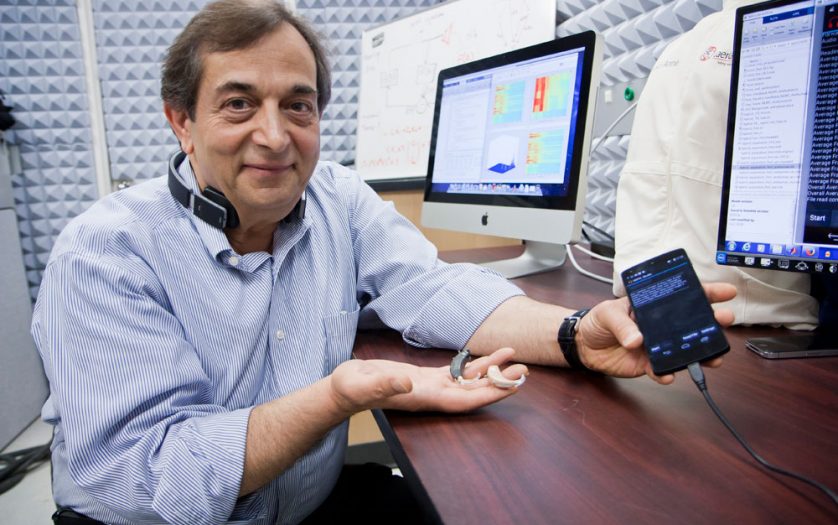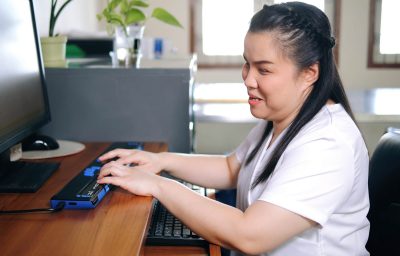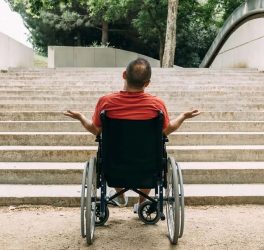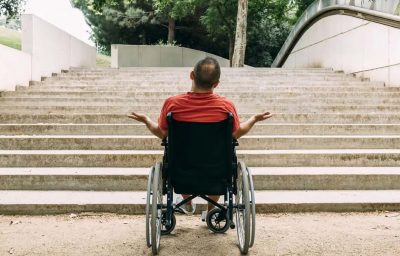
University of Texas at Dallas researchers have developed smartphone apps that solve the biggest problems for people with hearing disabilities: filtering out background noise and improving speech perception.
One of the most recent apps, detailed in a study published online July 27 in The Journal of the Acoustical Society of America, uses artificial intelligence to remove extraneous babble, street background noise, and other sounds via smartphones earbuds as well as devices using wired or wireless connection. The article is one of 67 studies that researchers have presented about their work for people with hearing loss in academic journals and at conferences since 2014.
The latest work, funded by a five-year, $1.86 million grant from the National Institute on Deafness and other Communication Disorders of the National Institutes of Health (NIH), is part of an effort to develop an open-source research platform for speech processing and hearing improvement. The NIH also provided a two-year, $522,000 grant in 2015 to use smartphone technology to improve hearing devices.
Dr. Issa Panahi, professor of electrical and computer engineering in the Erik Jonsson School of Engineering and Computer Science and principal investigator of the projects, said the apps run in real-time. Hence, the signal is in sync with the speaker’s lip movements. The technology can locate and display speech source direction, suppress the background noise, and improve speech quality and perception.
“If you talk to me in a noisy environment, I can still recognize your words well, and the speech is not distorted when our smartphone-based apps are used,” Panahi said. “That is what a person with hearing loss needs.”
According to the World Health Organization, about 466 million people, including 34 million children, experience disabling hearing loss. About 15% of American adults report some trouble hearing, according to the NIH.
“In our research, we strive to develop affordable platforms and assistive tools that would help people with hearing disorders and improve their quality of life,” said Panahi.
Preliminary tests of the apps conducted at the UT Dallas Callier Center for Communication Disorders have shown hearing improvement with 22% benefit in people with impaired hearing and 29% benefit in people without hearing loss, said Dr. Linda Thibodeau, co-principal investigator on the project and professor of speech, language, and hearing in the School of Behavioral and Brain Sciences.
The researchers developed noise-filtering and speech-enhancement apps that use only the built-in microphones of a smartphone. The apps, which have been tested on Android and iOS-based smartphones, can also be used with a hearing-assist device.
The technology indicates where the noise is coming from, so users can change their orientation to get better sound quality.








